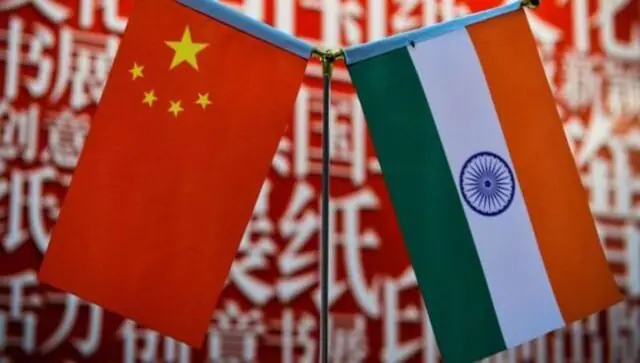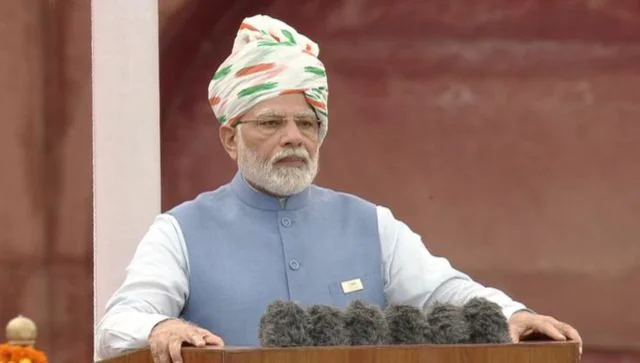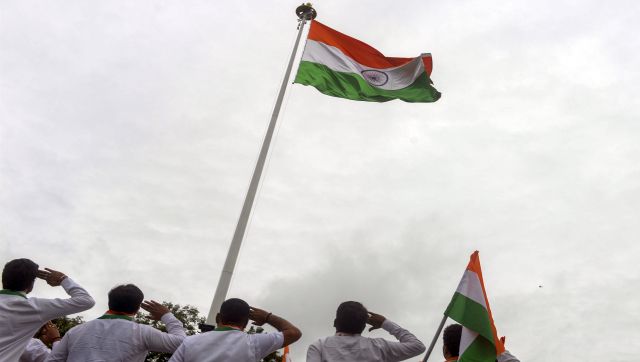Head-on | How a rising India can counter China’s geopolitical challenge

- Reporter 02
- 24 Aug, 2022
Indian policymakers have several economic, geopolitical and military levers to counter the challenge China poses to India’s orderly rise as a regional power today and as a global power in the 2030s.
China’s ascent as the world’s pre-eminent nation ahead of the United States over the next decade is not pre-ordained. Beijing has weaknesses it hides as it bides its time. Policymakers in India need to target those weaknesses.
China uses Pakistan to keep India off-balance. It seeks to pin India down to a regional role and not challenge its global supremacy as the 21st century unfolds. That is why, defying world opinion, China continues to block the prosecution of Pakistani terrorists like Masood Azhar and his brother Abdul Rauf Azhar. Beijing has for years obdurately vetoed India’s membership of the nuclear suppliers group (NSG).
In his new book How China Sees India and the World, former foreign secretary Shyam Saran sheds light on an important lever India has only haltingly deployed: Tibet. China forcibly occupied the province in 1950-51. Till then China and India did not share a border.
India’s first prime minister Jawaharlal Nehru was slow to recognise how the annexation of Tibet by China could transform the geopolitical relationship between Beijing and New Delhi.
The Chinese knew how important a prize Tibet was. As one reviewer of Shyam Saran’s book wrote in Business Standard on 12 August 2022: “Saran, who has dealt extensively as foreign secretary with the Tibet question in the Sino-Indian territorial dispute, unsurprisingly rebuts Beijing’s continuing claim over Tibet on the grounds that, at several points in history, the Chinese emperor ruled from Beijing or Changan over the entire Tibet plateau. He points out that, in the 7th century, Tibet too became a powerful empire under its king, Srongtsen Gampo.
“Under the fifth Dalai Lama, Tibet attacked Ladakh, an outbreak of hostilities that ended only with the signing of the Tingmosgang Treaty in 1684. This drew a boundary between the two sides, which incorporated familiar names: the border bisected Pangong Lake and further south was set the Demchok River. Saran concludes that the 2020-21 clashes in Ladakh might have arisen from Beijing misinterpreting the customary boundary, which was never attached to the treaty document.”
Leave a Reply
Your email address will not be published. Required fields are marked *











